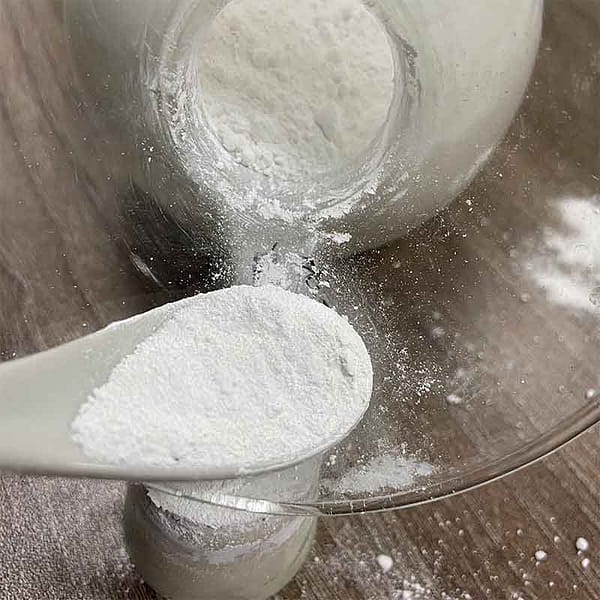Titanium dioxide (also known as TiO2, white titanium, or Pigment White 6 – PW6)) is a renowned ingredient in a myriad of industries. It’s particularly prevalent in rubber, paints plastics and paper. This versatile substance with its vibrant white pigment plays an vital role in transforming raw materials into stunning finished goods. We will explore the wonders and applications of titanium oxide, and also its manufacturing process, to see how it influences different industries.
The Canvas of Titanium Dioxide, A Palette of Possibilities
Titanium dioxide is a crucial ingredient in a variety of products. It is a key ingredient in the design and aesthetics of the items we use on a daily basis. As Pigment White 6, it plays a significant role in the development of paints, providing an amazing and opaque white color that improves the vibrancy and coverage of artistic and industrial applications alike.

In the plastics industry titanium dioxide is a key component. It not only imparts color, but can also function as an UV stabilizer, providing protection from the damaging effects of ultraviolet radiation. Due to its dual functions that titanium dioxide plays, it’s an essential component in an array of plastic products, from tough outdoor items to packaging materials.
The Manufacturing Alchemy – Titanium Dioxide Production Processes
Two methods are the mainstays in the production of titanium oxide, namely the sulfuric-acid method and the chlorination-acid method. Each method is distinctive and has different applications. This is the reason for the flexibility of titanium dioxide in various industries.
Sulfuric Acid Method. This involves the reaction of ore that has titanium with sulfuric acid, creating a titanium sulfate. The solution is then hydrolyzed to produce an hydrated titanium dioxide. The end product, following calcination, is fine white powder ready to be used in diverse applications, including the paint and paper industries.
The process of chlorination: By contrast, the chlorine process makes use of chlorine gas to react with titanium-bearing minerals, creating titanium Tetrachloride. After a series if chemical reactions, titanium tetrachloride could be oxidized into pure titanium oxide. This method is prominent in the production of titanium dioxide for the plastics and rubber industries.
Titanium Dioxide Applications: Art and Science
Painting Brilliance Across Industries: Titanium dioxide’s significance in the world of paint is unmatched. The capability of titanium dioxide to produce a brilliant, white color, with excellent coverage and excellent coverage makes it a good choice for industrial and residential applications. The brightness it gives the canvas isn’t just visible, but also useful in improving the durability of painted surfaces.
Shape plastics with radiant. In the world of plastics, titanium dioxide serves a dual purpose. Beyond its role as a white pigment it acts as an UV stabilizer that provides essential protection against the damaging effects of sunlight. This makes titanium dioxide an integral component in the production of outdoor plastics to ensure they preserve their structural strength and aesthetic appeal through time.
Opacity and Whiteness of Paper in the paper industry, titanium dioxide contributes to the whiteness and opacity of paper products. Its addition increases the luminosity of the paper and makes the printed material more vivid and more readable. Titanium dioxide is used for the production of paper for more than just aesthetic reasons. It is also an essential element in enhancing the overall quality.
Rubber Resilience, UV Resistance The rubber industry has the ability to benefit from the UV resistance of titanium dioxide. In rubber products, especially those exposed to outdoor conditions titanium dioxide acts as a shield against the harmful UV radiation, thus ensuring the long-term durability and durability of items made from rubber.
Beyond Pigment The Invisible Impact of Titanium Dioxide
Titanium dioxide is a highly visible pigment. But its effect goes beyond color. The ability of titanium dioxide to increase the resilience, durability, and long-term performance of a variety of products in various industries make the substance an invisble, but essential contributor to the performance and quality of final products.
This is why titanium dioxide transforms into a substance with immense importance that seamlessly blends into a variety of industries. In the form of Pigment White 6, it paints brilliance across canvases, both artistic and industrial. Its production is a combination of two processes that include chlorineation and sulfuric acid. This makes it suitable for a wide range of applications. The harmonious blend of science and art manufacturing is evident when titanium dioxide enhances the appearance of papers, increases paint’s visual appeal, strengthens the plastics’ resistance to ultraviolet radiation and protects rubber. Its brilliance illuminates our everyday lives, creating an array of products that have long-lasting impact and lasting radiance.